MULTIMEDIA CORNER
MULTIMEDIA
CORNER
The Unknown Story of the American “Gun Trucks” in the Vietnam War | VIDEO
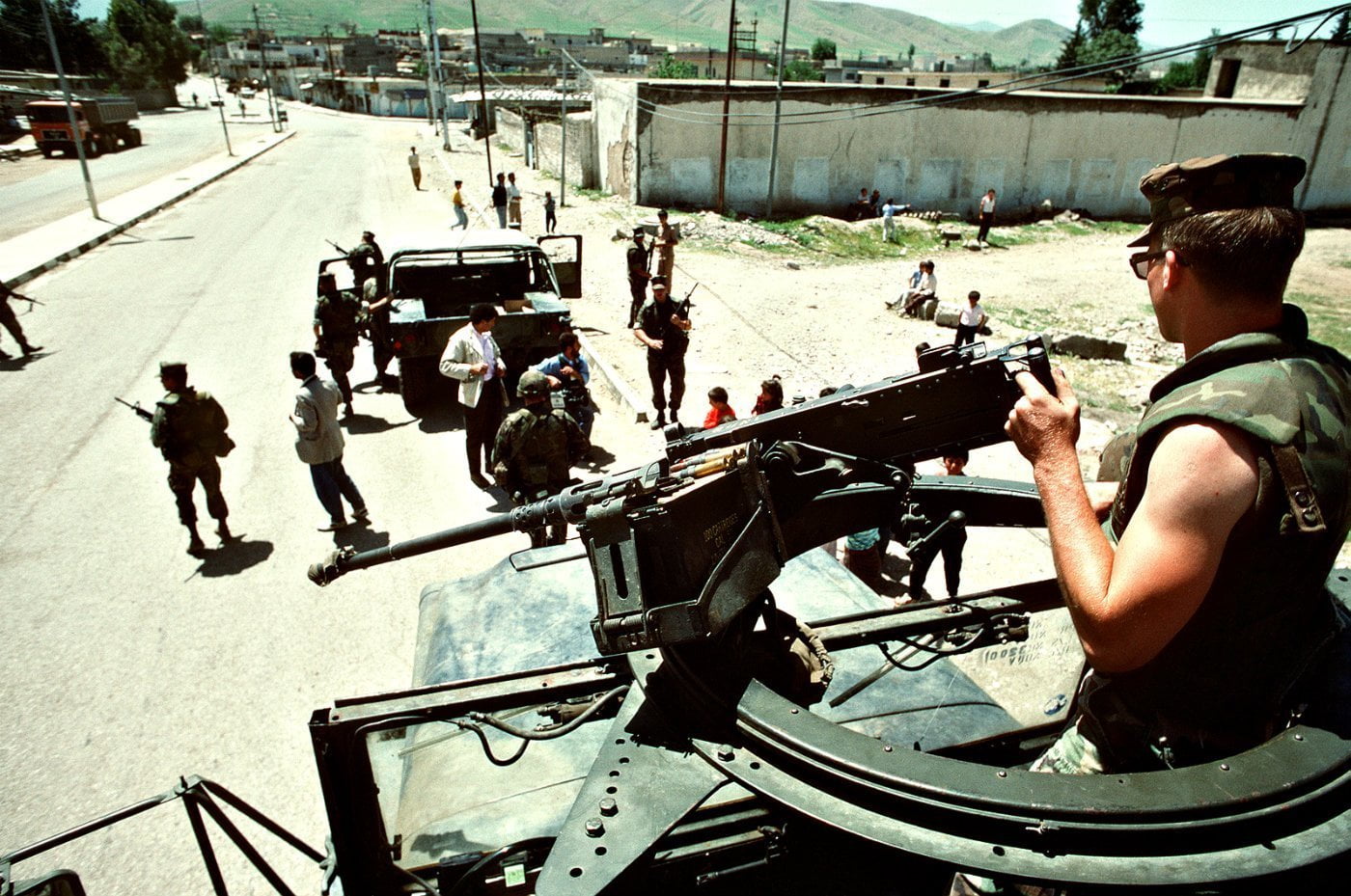
During the Vietnam War, the mission of the US Army Transportation Corps was the cargo transfer from the coastal ports of Qui Nhon and Cam Ranh Bay in inland bases located in Bong Son, An Khe, Pleiku, Da Lat and Buon Ma Thuot.
The Army’s logistical needs were enormous and convoys sometimes numbered 200 trucks. These huge convoys were tempting targets for Viet Cong guerrilla groups, which often sprung ambushes in remote areas.
One unit that was frequently attacked was the 8th Transportation Group based in Qui Nhon. Two dangerous sections of the Route between Qui Nhon and Pleiku were Viet Cong’s favorite areas, “Devil’s Hairpin” in An Khe Pass and “Ambush Alley” below the Mang Giang Pass, as incidents occurred there almost daily.
Providing security for truck convoys proved almost impossible, as the Military Police units did not have manpower or equipment to protect the entire route.
Other military combat units controlled only some parts of the road, so the safety of each truck was the responsibility of its crew. Initially, they did it with armed jeeps, but these quickly proved to be inadequate compared to the improved Viet Cong’s weapons and tactics.
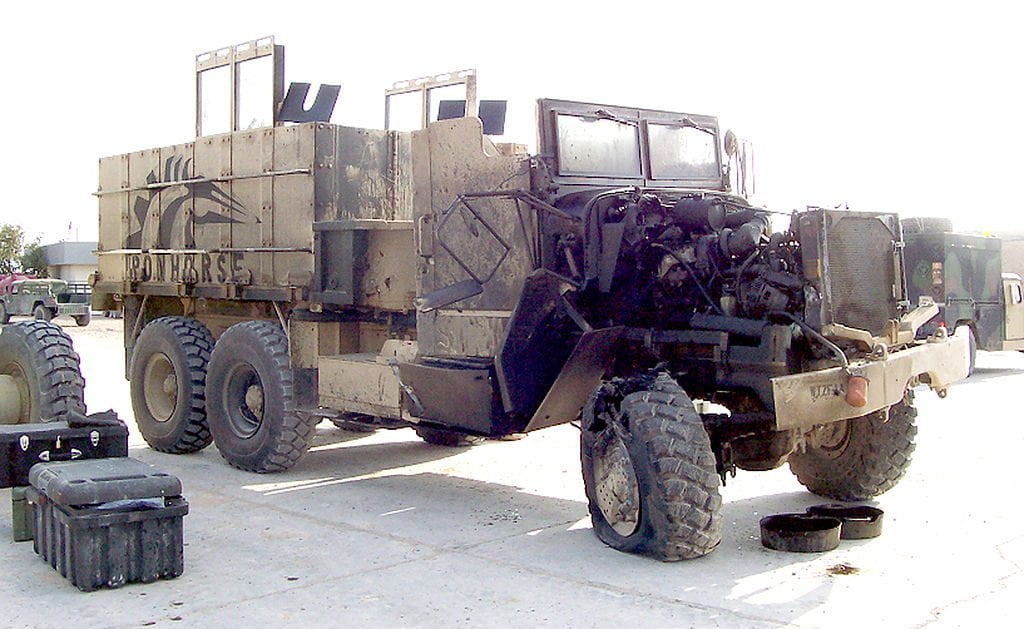
On September 2, 1967, a particularly devastating attack killed seven drivers, injured 17 and destroyed 30 trucks. So, in order to protect the trucks from attacks, the “Gun Truck” was invented. The new vehicle was a 2.5-ton truck protected by sandbags and armed with two M60 machine guns. The convoys also reduced the number of trucks to 100 so that there was one Gun Truck for every 10 trucks.
In the event of an ambush, the Gun Truck’s role was to enter the kill zone during the first few minutes of the attack to saturate the attackers with their firepower. Early designs proved to be flawed, as the sandbags added weight to the truck when they absorbed water from frequent rainfall.
The sandbags were later replaced by steel armor plating, salvaged from other army vehicles. The crew consisted of a driver, two gunners, a non-commissioned officer as a man in charge and sometimes a soldier armed with an M79 grenade launcher.
In spite of increased security, transportation units were forced to constantly improve the design of the Gun Trucks. The two-and-a-half-ton trucks were underpowered, and the addition of armor and weapons slowed them down. So, the Gun Trucks were replaced by five-ton trucks. Many times the crews gave nicknames to “Gun Trucks”, such as “Deuce is Wild”, “Cold Sweat”, “Iron Butterfly” or “Pandemonium” and often decorated the trucks with stunning paintings to impress and awe the opponent.
Their armament, as mentioned above, consisted of various combinations of weapons such as the M60 machine gun, the 0.50 calibre machine guns and the XM 134 miniguns guns. Anti-aircraft weapons such as the Quadmount 0.50 calibre were also used until 1969.
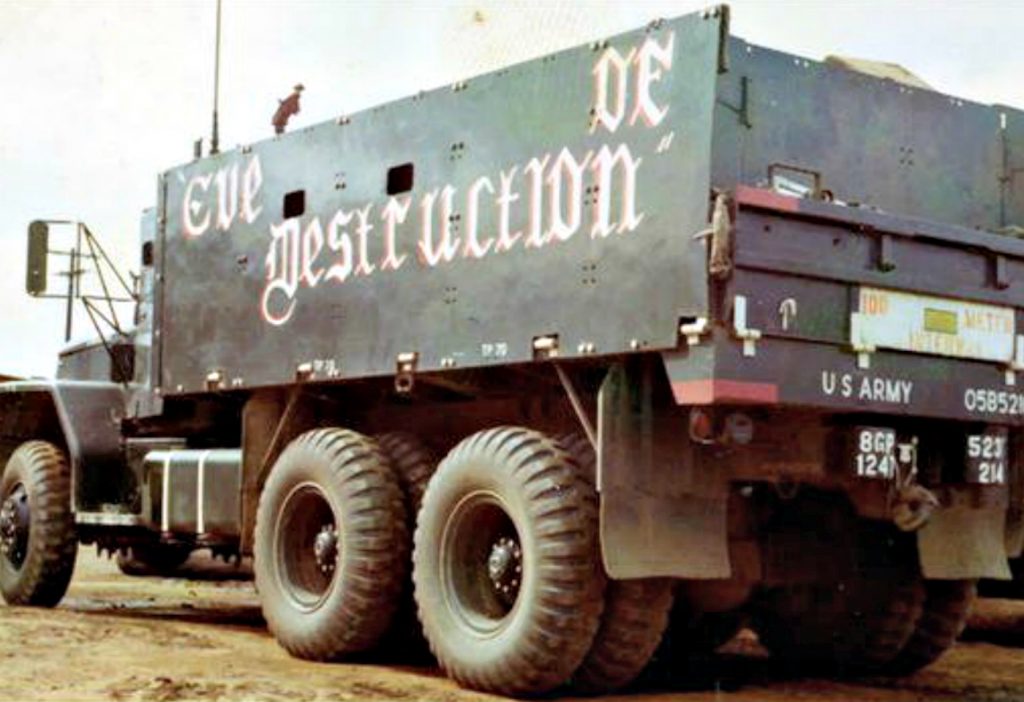
“Eve of Destruction” M54 Gun Truck
In total, about 300 to 400 trucks have been modified. Senior officials saw the 5-ton Gun Trucks as a temporary solution until several V-100 armored vehicles arrived in Vietnam. However, by 1970 it was clear to everyone that the V-100 was a death trap and had several operational problems. So, the trucks continued to serve the Army until the last American truck company withdrew from Vietnam in 1972. With the end of the Vietnam War, the need for “Gun Trucks” disappeared and most were either scrapped or returned to their original design. One M54 truck named by its crew “Eve of Destruction” has returned intact and is on display at the Army Transportation Museum at Fort Eustis, Virginia.
With information from: Smithsonian Channel
Also read:
Cybersecurity and Privacy Info Day at the JOIST Innovation Park
The ever-evolving digital landscape compels businesses and professionals to gain a deep understanding of cybersecurity…
Hellas Sat | New Private Digital Ground TV Network in Cyprus
Hellas Sat has received a licence from the Director of the Department of Electronic Communications of the Deputy Ministry of Research…
Motor Oil | Donation of €5 million to the Hellenic Navy
The Motor Oil Group constantly supports the Hellenic Armed Forces with substantial initiatives, as stated in its announcement.
Cybersecurity and Privacy Info Day at the JOIST Innovation Park
The ever-evolving digital landscape compels businesses and professionals to gain a deep understanding of cybersecurity…
Poland | “Survival Guide” for Citizens in Case of Crises
Poland’s government will distribute a “survival guide” to all households in the country this year, aimed at preparing citizens…
DARPA | Launch of the USX Defiant in the Context of the NOMARS Programme
The Defense Advanced Research Projects Agency (DARPA) and the company Serco have successfully completed the construction…
HAVOC 8X8 | Milrem Robotics’ Solution for the Next-Gen RCV
Milrem Robotics has unveiled the HAVOC 8X8 Robotic Combat Vehicle (RCV), a next-generation autonomous platform.
DAT-CON | Introduction of Its Novel Sight System Lotus Light
DAT-CON has introduced Lotus Light, a significant advancement in electro-optical technology designed to enhance modern defence applications.
Pandur 8×8 EVO | A New Era for the Czech Wheeled Fleet
Manufactured in Kopřivnice, the Pandur 8×8 EVO represents a significant advancement in the armoured vehicle market, combining enhanced crew protection…















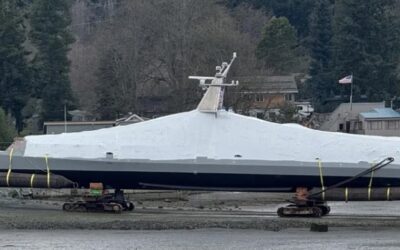
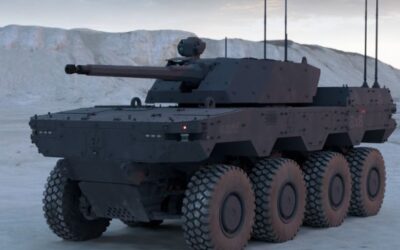
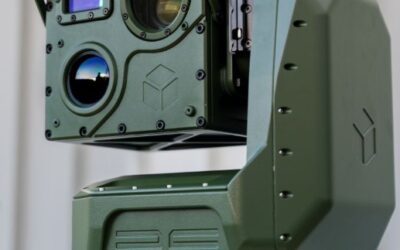
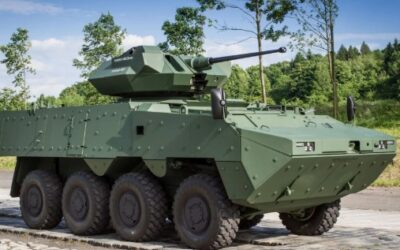
0 Comments